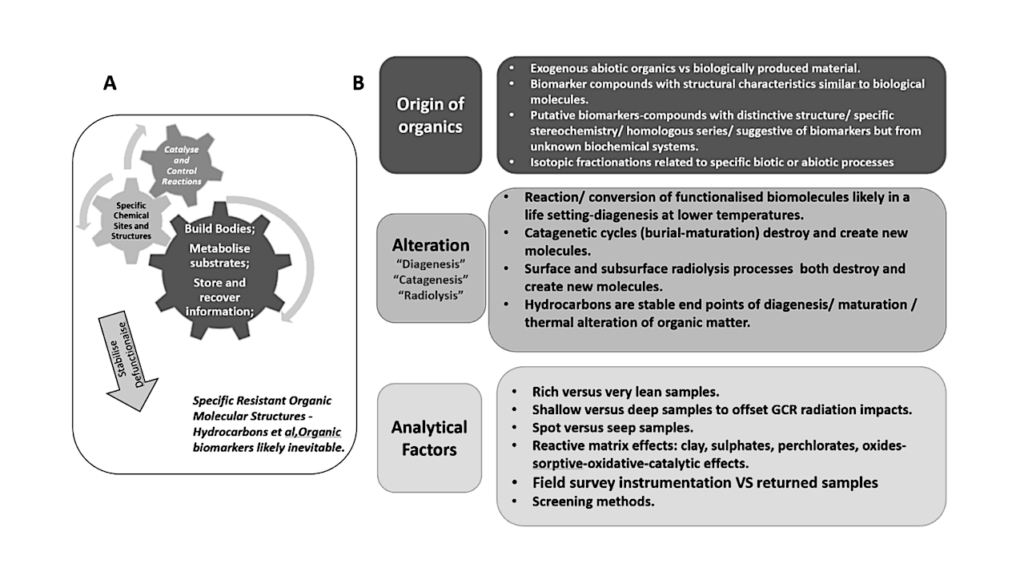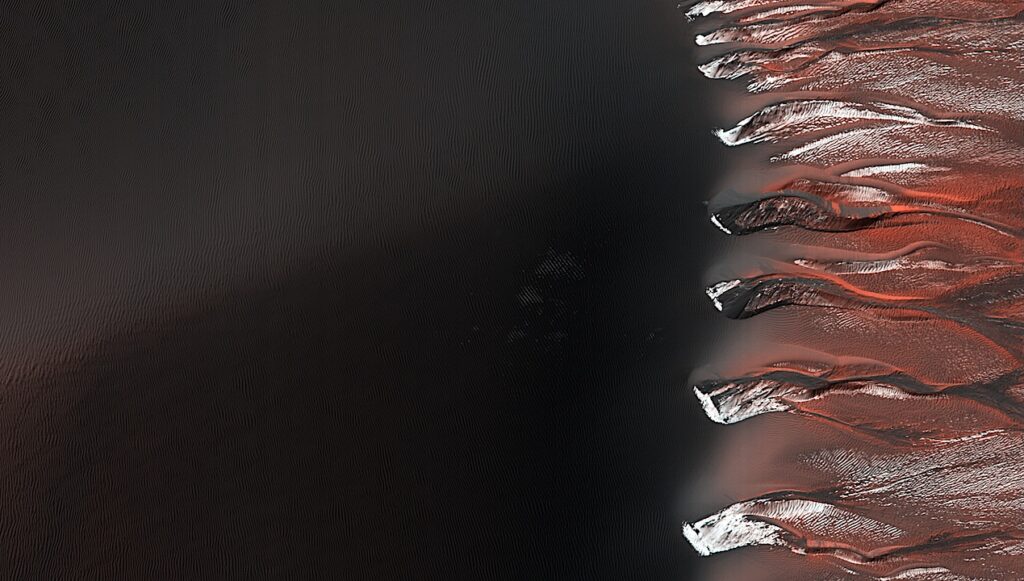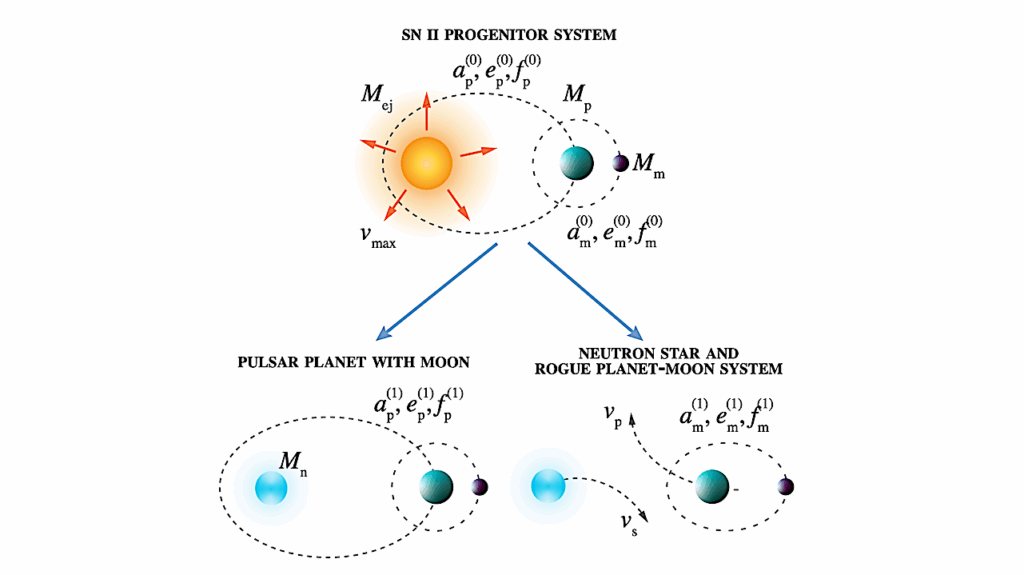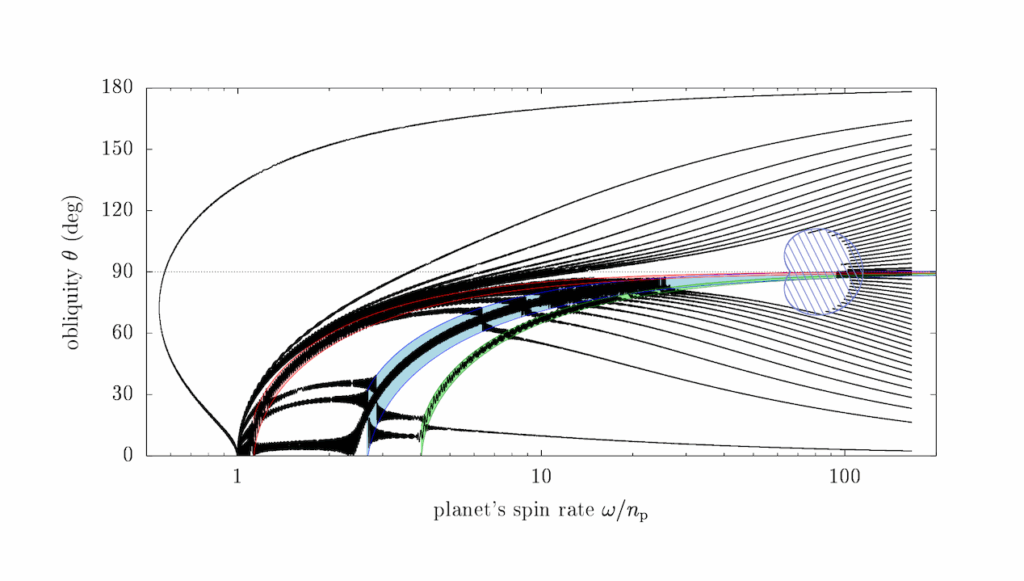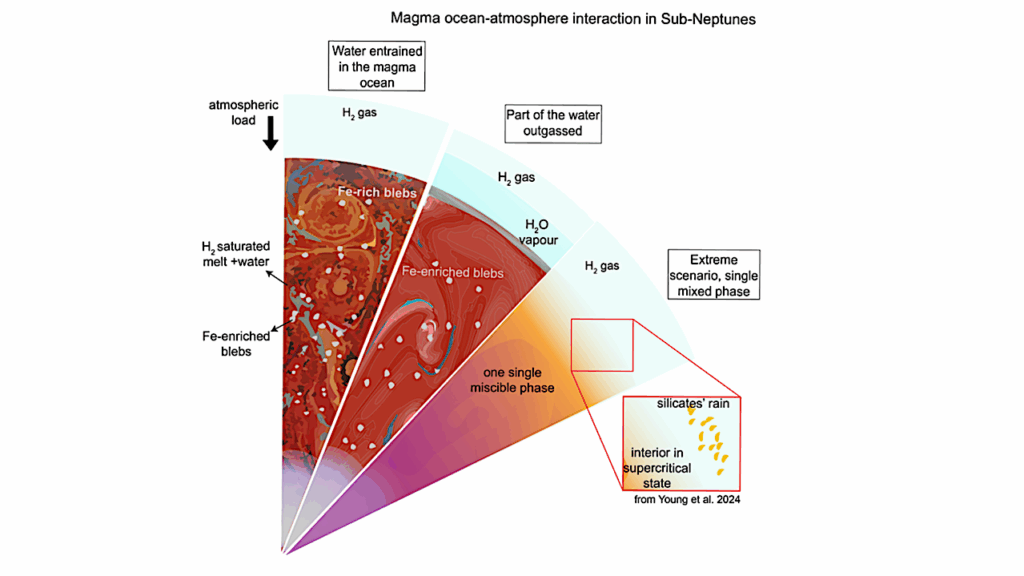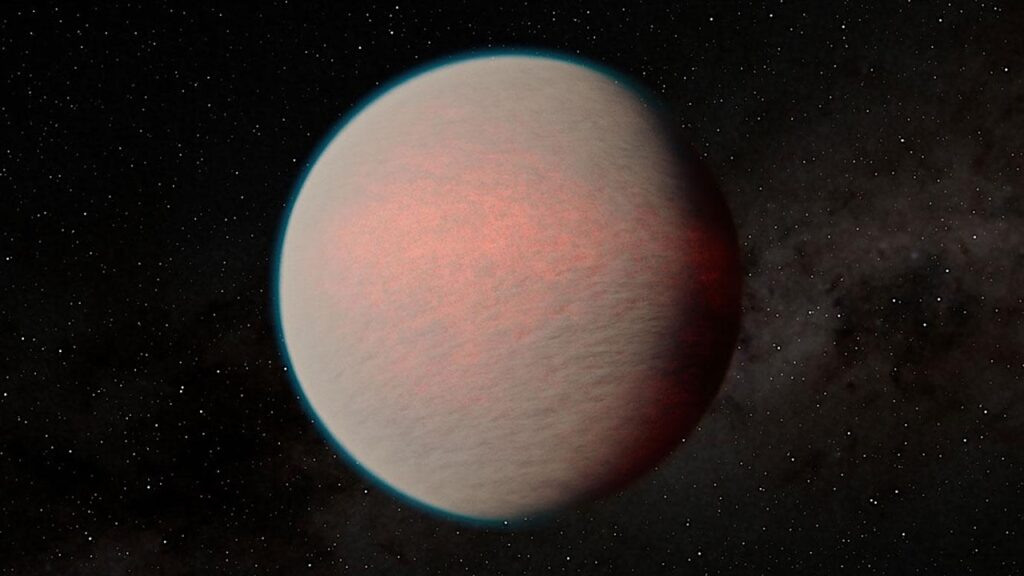Diagenetic History and Biosignature Preservation Potential of Fine-Grained Rocks at Hogwallow Flats, Jezero Crater, Mars
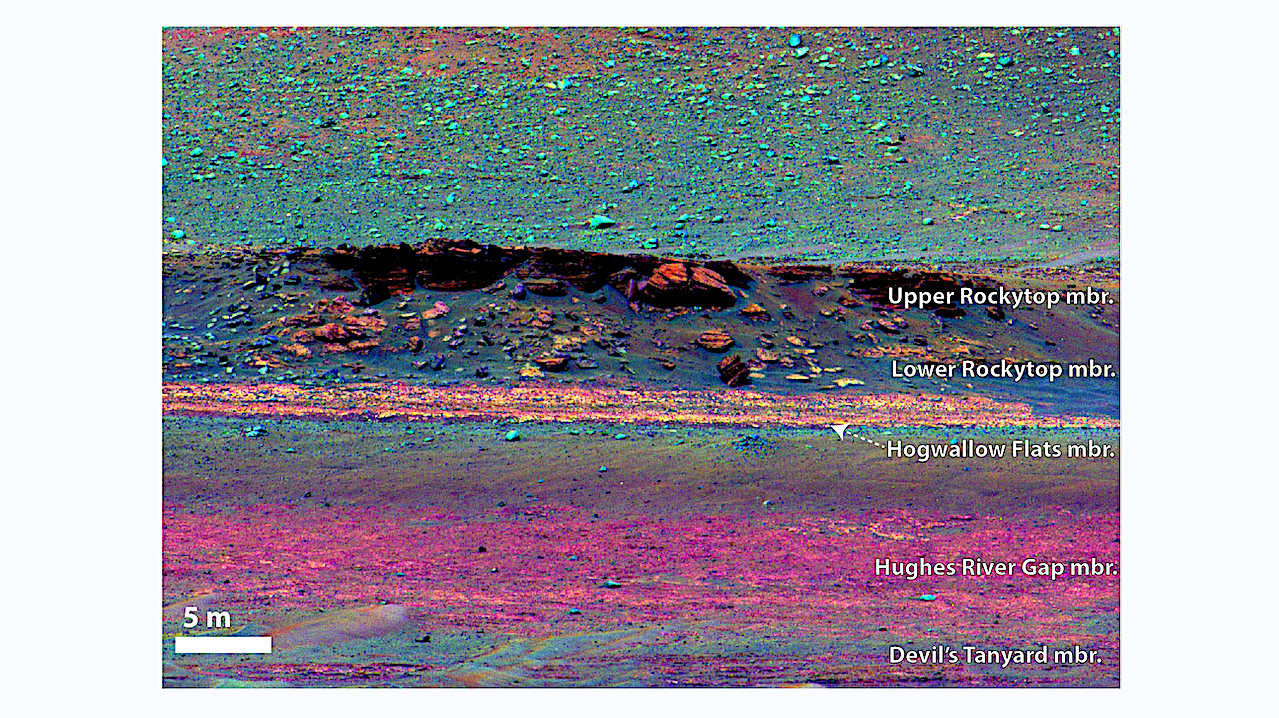
The Mars 2020 Perseverance rover discovered fine-grained clastic sedimentary rocks in the “Hogwallow Flats” member of the “Shenandoah” formation at Jezero crater, Mars.
The Hogwallow Flats member shows evidence of multiple phases of diagenesis including Fe/Mg-sulfate-rich (20–30 wt. %) outcrop transitioning downward into red-purple-gray mottled outcrop, Fe/Mg clay minerals and oxides, putative concretions, occasional Ca sulfate-filled fractures, and variable redox state over small (cm) spatial scales.
This work uses Mastcam-Z and SuperCam instrument data to characterize and interpret the sedimentary facies, mineralogy and diagenetic features of the Hogwallow Flats member. The lateral continuity of bedrock similar in tone and morphology to Hogwallow Flats that occurs over several km within the western Jezero sedimentary fan suggests widespread deposition in a lacustrine or alluvial floodplain setting.
Following deposition, sediments interacted with multiple fluids of variable redox state and salinity under habitable conditions. Three drilled sample cores were collected from this interval of the Shenandoah formation as part of the Mars Sample Return campaign. These samples have very high potential to preserve organic compounds and biosignatures. Drill cores may partially include dark-toned mottled outcrop that lies directly below light-toned, sulfate-cemented outcrop.
This facies may represent some of the least oxidized material observed at this interval of the Shenandoah formation. This work reconstructs the diagenetic history of the Hogwallow Flats member and discusses implications for biosignature preservation in rock samples for possible return to Earth.
Key Points
- Fine-grained clastic sedimentary rocks at the Hogwallow Flats member underwent limited diagenesis
- Diagenesis may have occurred in a lake or a shallow river plain and later when the sediments were shallowly buried
- Mottling features, sulfates and clay minerals within drilled rock core samples for Mars Sample Return have high astrobiological potential
Diagenetic History and Biosignature Preservation Potential of Fine-Grained Rocks at Hogwallow Flats, Jezero Crater, Mars, JGR Planets (open access)
Astrobiology


